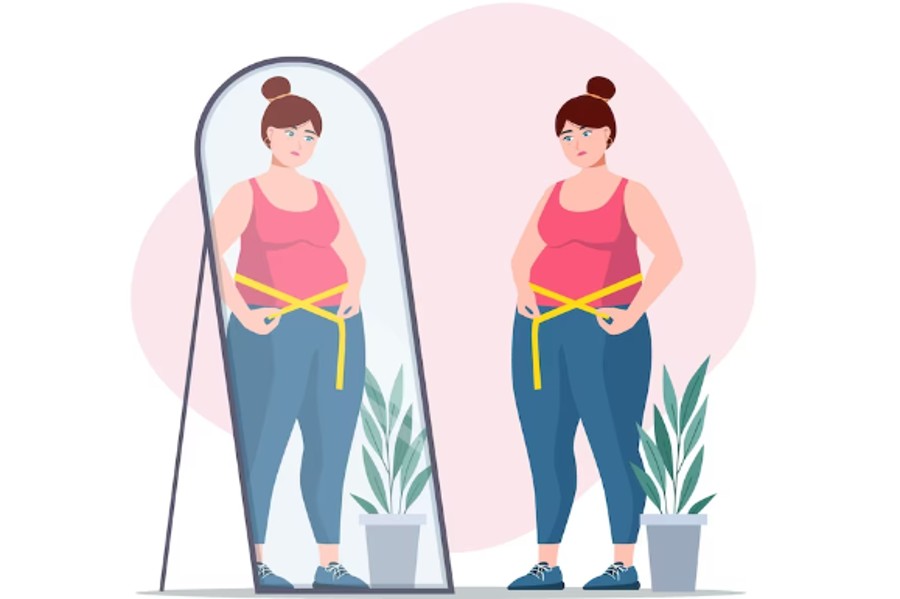The ketogenic diet, often referred to as the keto diet, has gained tremendous popularity in recent years as an effective method for weight loss and overall health improvement. This low-carb, high-fat diet has been praised for its ability to help people shed pounds and improve their overall well-being. However, embarking on a keto journey as a beginner can be a daunting task. This ultimate guide aims to provide you with comprehensive information on the keto diet, its principles, benefits, risks, and tips to help you get started on your journey to better health.
What Is the Keto Diet?
The ketogenic diet is a high-fat, low-carbohydrate eating plan that has been used for nearly a century to treat various medical conditions, including epilepsy. It was originally developed in the 1920s as a therapeutic intervention for epilepsy patients, but it has gained popularity in recent years as a weight loss and health improvement strategy.
The primary goal of the keto diet is to induce a metabolic state called ketosis, where your body primarily burns fat for energy instead of carbohydrates. To achieve ketosis, you must significantly reduce your carbohydrate intake and increase your consumption of fats. This shift in macronutrient balance can have profound effects on your body and metabolism.
How Does It Work?
The keto diet works by drastically reducing your carbohydrate intake and replacing those carbohydrates with fat. In a typical Western diet, carbohydrates make up a significant portion of daily caloric intake. When you consume carbohydrates, your body breaks them down into glucose, which is then used as the primary source of energy.
However, when you reduce your carbohydrate intake to a minimum, your body has to find an alternative source of energy. This is where fats come into play. In the absence of sufficient carbohydrates, your body starts breaking down fats into molecules called ketones, which can be used as fuel. This metabolic shift is what puts your body into a state of ketosis.
Once you’re in ketosis, your body becomes highly efficient at burning fat for energy, including stored body fat. This is the reason why the keto diet is often associated with weight loss, as it promotes the burning of fat as the primary source of energy.
The Macronutrient Breakdown
For a typical keto diet, the macronutrient breakdown is as follows:
- 70-80% Fat: A significant portion of your daily calories should come from healthy fats, such as avocados, olive oil, nuts, and fatty cuts of meat.
- 15-20% Protein: Protein is an essential part of the diet, but you should not consume excessive amounts. Opt for lean protein sources like chicken, turkey, and fish.
- 5-10% Carbohydrates: Carbohydrates should be limited to around 5-10% of your daily caloric intake. This usually means very few carbohydrates from sources like vegetables, nuts, and dairy.
It’s essential to note that the exact macronutrient percentages can vary from person to person, depending on individual goals and metabolic factors. Some people may find success with a slightly higher carbohydrate intake while still maintaining ketosis.

